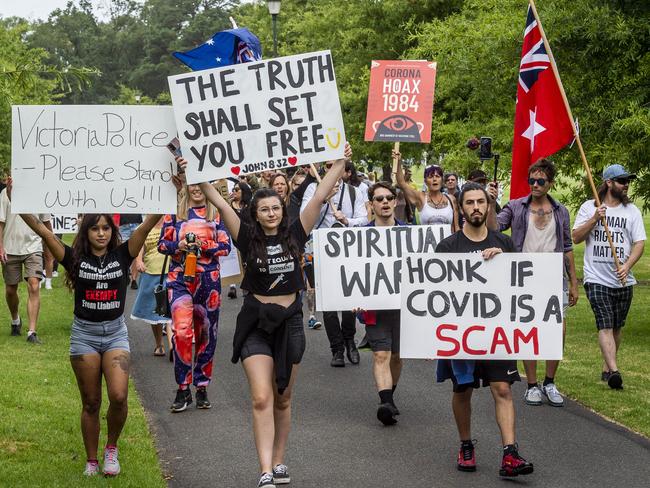
Thaler is famous for nudge theory, which he explained in the following way in The New York Times this month: “Nudges gently guide people without requirements or economic incentives. Informing people about the benefits of vaccinations and making it as easy as possible to get a shot are in this category.”
He added: “Earlier in the Covid vaccine campaign, nudges were the appropriate policy tool because the initial doses mostly went to those who wanted the shots. But at this point, those who remain unvaccinated yet would benefit from shots largely range from sceptics to those who are strongly opposed to vaccinations. That’s why it’s time to go well beyond nudging.”
There are influential voices in Australia who agree with Thaler. We’ve had Labor leader Anthony Albanese raise the possibility of giving $300 to everyone who is fully vaccinated by the end of the year. At a cost of close to $6bn, this option doesn’t come cheap.
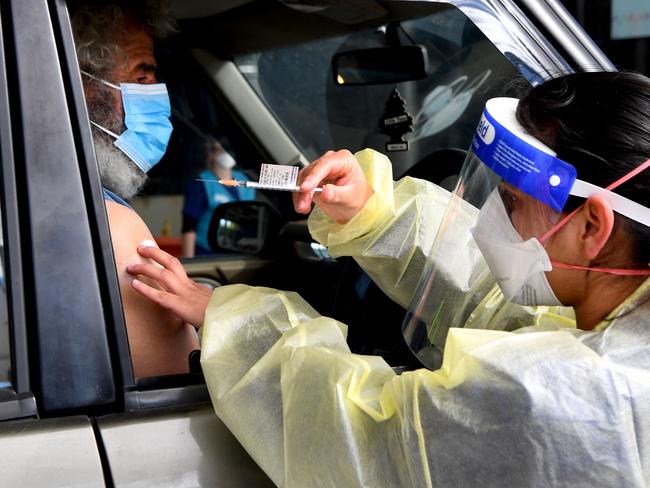
Before considering the alternatives, including simply providing easy access to a preferred vaccine free of charge, it’s worth taking a look at what we know now. The proportion of the adult population in Australia that is fully vaccinated is just above one-quarter; close to 50 per cent have had the first shot. Amazingly, only one-half of those aged 70 and older are fully vaccinated, although more than 80 per cent have had one shot.
It’s clear we are way behind other countries at this stage, including Canada, Britain, Israel, Iceland, Chile and several EU countries. Parts of the US have high rates of vaccination but others have low rates.
One effect of the Delta outbreak and associated lockdowns has been an acceleration of the uptake of vaccination, which may be further facilitated by the recent involvement of pharmacies. Even so, the arithmetic of the process tells us we can’t expect to get to 70 or 80 per cent of the adult population fully vaccinated much before the end of the year.
What we don’t know at this stage is how difficult it will be to get harder-to-convince individuals to get the jab because we are still at the stage where it has been logistically difficult for many people – those under 40 especially – to get a shot, particularly the shot of their choice.
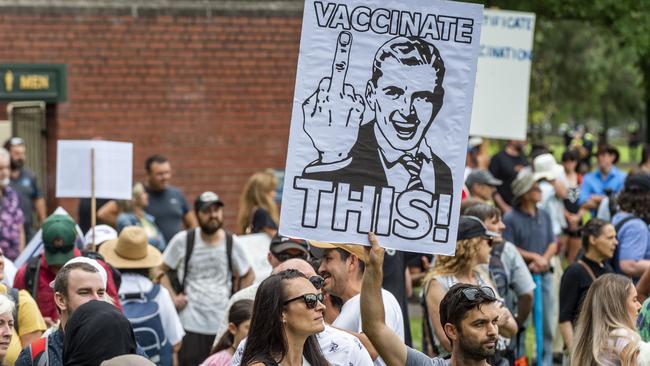
This issue of vaccine variety has played very badly for Australia. The lack of confidence in the AstraZeneca vaccine shows up in the figures. This has been caused by the small number of adverse reactions, including deaths, the equivocating advice of the Australian Technical Advisory Group on Immunisation and the refusal of Queensland’s chief health officer to recommend the vaccine for younger people.
The latest Newspoll results indicated that only 7 per cent of respondents were fine with getting AZ or Pfizer compared with 33 per cent who were fine with getting vaccinated but would wait for Pfizer. Given this specific form of hesitancy, we don’t know when there will be sufficient supplies of their preferred vaccine (Moderna also may be acceptable) to increase the overall vaccination rates to the minimum acceptable percentages. Quite a lot is being made of younger people being prepared to get an AZ shot, but the uptake is still relatively low.
So let’s fast-forward to where everyone who is eligible to get a shot, preferably the shot of their choice, has been able to do so. What percentage of the population is likely to remain unvaccinated and what should governments do to promote the unvaccinated to change their minds?
There are several estimates of the proportion of the population who ultimately will not get vaccinated. The Newspoll survey suggests a figure of 11 per cent. Estimates offered by the University of Melbourne based on surveys put the proportion between 10 and 20 per cent, with younger members of the population more likely to be hesitant.
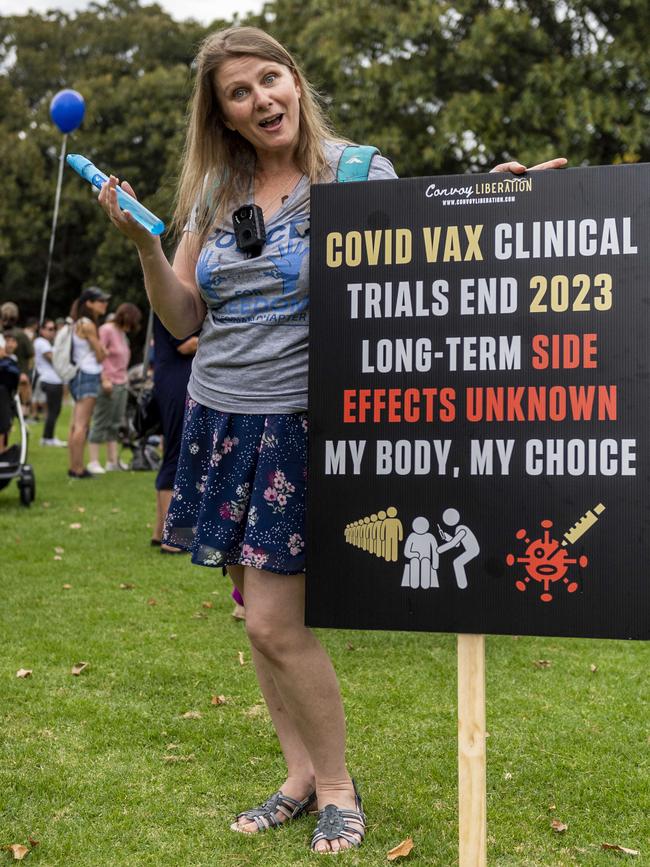
There are two choices when it comes to getting the last of the unvaccinated over the line (acknowledging that some will never agree): the carrot and the stick. The carrot can take several forms, including simple cash payments, entry to a lottery, transport and food vouchers. All these measures have been used overseas.
One of the problems with Labor’s $300 proposal is that most of the money would be received by individuals who haven’t needed encouragement to get vaccinated. In other words, the deadweight loss of this policy is extremely high and should therefore be rejected.
When it comes to the stick, this involves imposing costs on the unvaccinated not borne by those who have had the jab. It can include the use of vaccine passports to control entry to certain places and the use of some transport. We are seeing this development overseas, but it carries high political risks and may have the perverse effect of causing the hesitant to become strongly anti-vaccination. There is also an issue of the integrity of the passport itself.
Employers demanding workers be vaccinated is also a process fraught with complications, in part because of the legal uncertainties surrounding such mandates. To be sure, the requirement for workers to be vaccinated in some settings is clearly defensible and generally has legal backing, but there is a wide range of ambiguous situations that will mean rapid progress on this front is unlikely.
The bottom line is that there is no easy way to induce very high rates of vaccination, in part because the benefits do not simply accrue to jabbed individuals and their loved ones but also to the community at large. There is also a distinct possibility that some of the measures may have perverse effects on the hesitant.
It’s also important at this stage not to oversell what will occur when vaccination rates rise to the target levels.
Judged by the experience of several countries that are well ahead of us on the curve, it’s no panacea even if rates of hospitalisation and deaths are lower. Significant numbers of positive cases are still likely to be recorded.


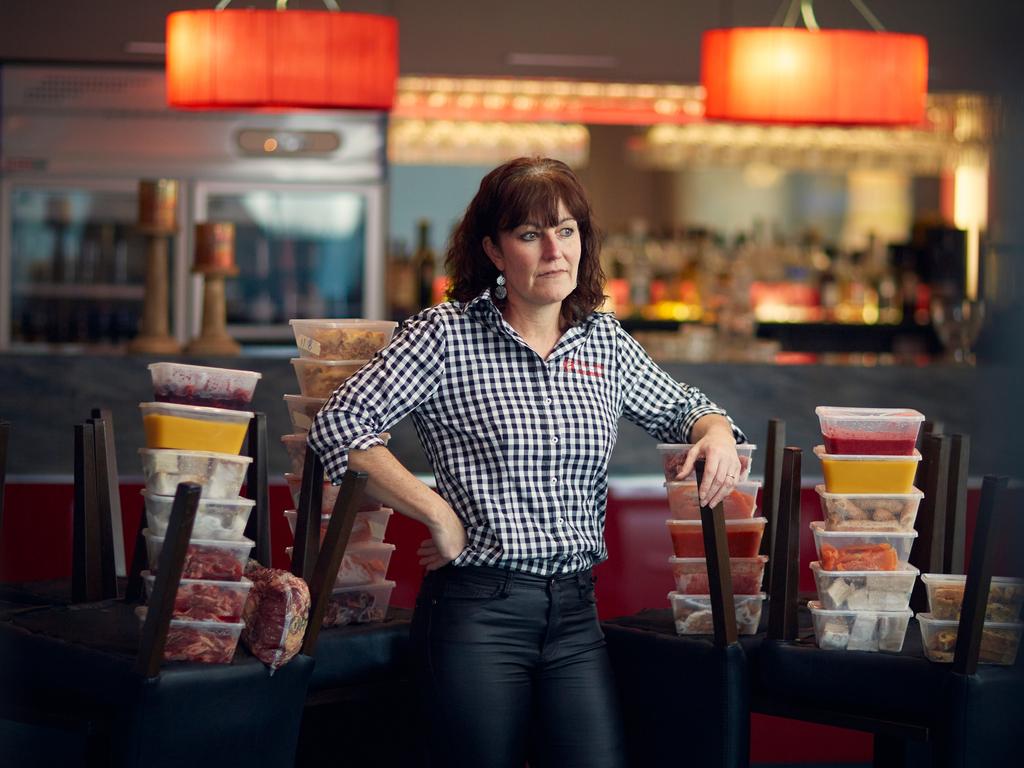





Economists think they know a thing or two about incentive effects. Indeed, in 2017 the Nobel memorial prize in economic sciences was awarded to Richard Thaler, who made his name in combining the disciplines of economics and psychology.